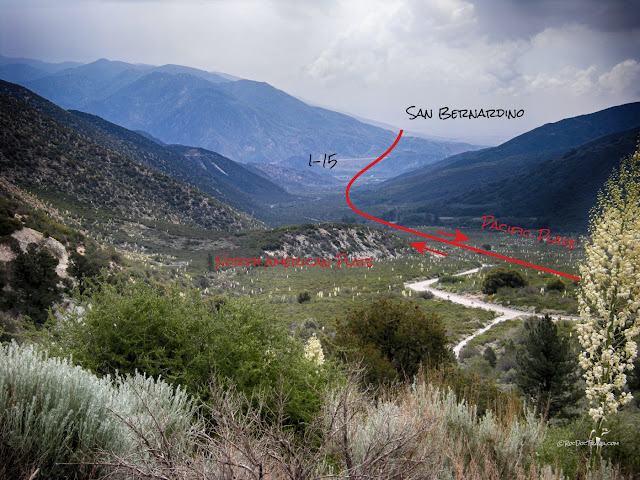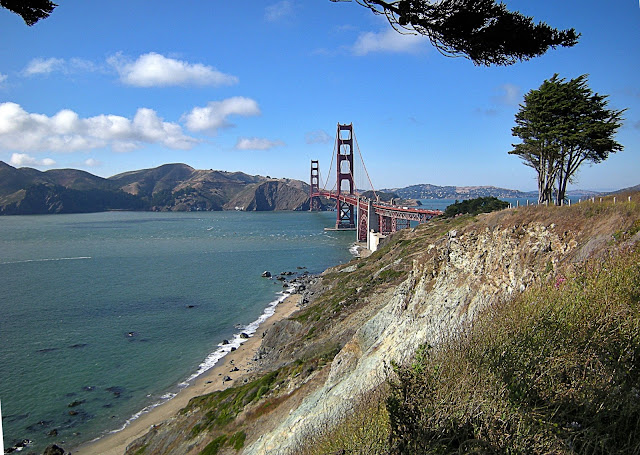Mountain Pass, California
Mountain Pass, California
Sevier-Laramide Project
See the southernmost exposures of the Cretaceous Sevier orogeny!
Mountain Pass in southeastern California is the site of America's most important rare earth element (REE) mine. The mine lies in the footwall just below the early to mid-Cretaceous Keystone thrust, part of the Sevier orogeny and one of North America's largest thrust faults.
Mountain Pass is on Interstate 15 between Los Angeles and Las Vegas. Las Vegas is shown at the upper right; the closed solar plant at Ivanpah is the three dark blotches in the valley NE of the pass. Millions have seen this location as they drive by, but few have know the site's significance.
Looking north from west of the mine, the Keystone thrust (red) places Cambrian strata over the Proterozolic granitic rocks, including the unusual rock called carbonatite that hosts the REEs.

The carbonatite intruded into this leucogranite, which contains almost no dark minerals. The other rocks are limestone and dolostone from the Cambrian layers above the thrust.

View to the northwest from south of I-15 shows the Cambrian rocks thrust over the Proterozoic granitic rocks just west of the mine. The Keystone thrust is red.
South of I-15, the thrust is broken into several segments (red) by younger faults. These faults are only exposed for another mile or two to the south in the Mescal Range, and are not seen again farther south.
It's not ALL about the geology!For more on the Sevier-Laramide Project, search on "Sevier-Laramide Project."







